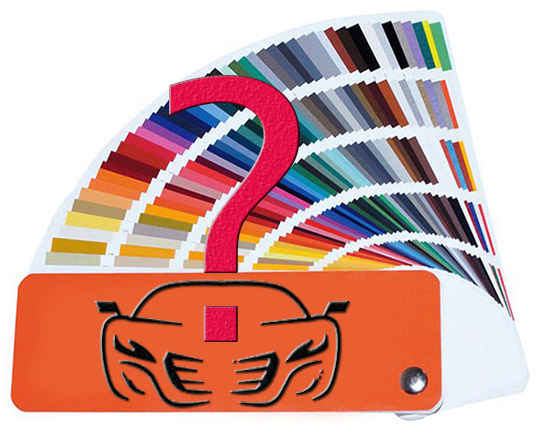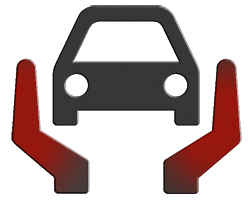What color car should I get and why?

Choosing the Right Car Color: Detailed Guide
Choosing the right car color can be a blend of personal preference, practical considerations, and cultural factors. Here’s a detailed guide to help you decide the best color for your car, with descriptions, examples, and reasons for each choice.
Popular Car Colors and Their Meanings

White
White is a versatile, clean color that symbolizes purity and simplicity. It can make a car look larger and more modern.
Examples: White is commonly used by brands like Tesla and Toyota, especially for their environmentally friendly models.
Why Choose White: White cars are easier to maintain in terms of appearance and are less likely to show scratches and dirt. They are also cooler in hot climates.
Black
Black is a classic, elegant color that exudes power and sophistication. It’s often associated with luxury and formality.
Examples: Many luxury brands, such as Mercedes-Benz and BMW, prominently feature black in their flagship models.
Why Choose Black: Black cars tend to hold their value well and are perceived as high-status. However, they can be harder to keep clean and can get very hot in sunny climates.
Silver
Silver is a sophisticated and practical color, often associated with technology and innovation.
Examples: Brands like Audi and Lexus frequently use silver for their sleek, high-tech models.
Why Choose Silver: Silver cars are excellent at hiding dust and scratches, and they have good resale value. The color also remains cooler in sunlight compared to darker shades.
Gray
Gray is a neutral, understated color that conveys maturity and professionalism.
Examples: Gray is a popular choice for models like the Honda Accord and Ford Explorer.
Why Choose Gray: Gray cars are practical and don’t show dirt or minor damage easily. They also blend well in various environments, making them a safe choice.
Red
Red is a bold, vibrant color that signifies passion and excitement. It’s often chosen by those who want to make a statement.
Examples: Sports cars like the Ferrari and Mazda MX-5 often come in striking shades of red.
Why Choose Red: Red cars are eye-catching and can enhance the appearance of sporty models. They can be more expensive to insure due to their association with fast driving and higher accident rates.
Blue
Blue is a calming, dependable color that ranges from light, airy shades to deep, rich tones.
Examples: Brands like Subaru and Ford offer a variety of blue shades, especially for their reliable and rugged models.
Why Choose Blue: Blue cars can be very appealing and versatile. They often have good resale value and can be easier to keep looking clean than darker colors.
Green
Green is a unique, natural color that can range from bright and vibrant to dark and sophisticated.
Examples: Green is less common but can be seen in models like the Jeep Wrangler and Mini Cooper.
Why Choose Green: Green cars stand out and can reflect a connection to nature. However, they may have lower resale value due to their less mainstream appeal.
Yellow/Orange
These bright, cheerful colors are often associated with fun and energy.
Examples: Sports cars and compact cars, like the Chevrolet Camaro and Fiat 500, often come in these vibrant hues.
Why Choose Yellow/Orange: These colors make a car highly visible and unique. They are great for those who want to stand out, though they may appeal to a more niche market.
Factors to Consider When Choosing a Car Color

- Resale Value
Consideration: Some colors, like black, white, and silver, tend to have better resale values.
Reason: These colors are popular and have a wide appeal, making them easier to sell second-hand.
- Climate
Consideration: Light colors like white and silver reflect sunlight, keeping the car cooler in hot climates.
Reason: Darker colors absorb more heat, which can make the car interior hotter in the summer.
- Maintenance
Consideration: Colors like silver and gray are good at hiding dirt and minor scratches.
Reason: They require less frequent cleaning to look good compared to darker or brighter colors.
- Personal Style
Consideration: Your car color can reflect your personality and style.
Reason: Choose a color that you feel comfortable with and that matches your lifestyle.
Interesting Facts About Car Colors


Color Trends:
The popularity of car colors can vary by region. For example, white is extremely popular in hot climates, while black is favored in cooler regions.
Safety:
Some studies suggest that lighter-colored cars, such as white and yellow, are more visible and therefore might be involved in fewer accidents compared to darker-colored cars.
Insurance:
The color of your car can sometimes affect your insurance rates. Bright colors like red and yellow are often associated with higher premiums.
Environmental Impact:
Some car manufacturers are developing eco-friendly paints that reduce the environmental impact of car production. For example, Toyota has developed a sustainable paint process that reduces CO2 emissions.
Choosing the right car color involves a balance of personal preference, practicality, and understanding the implications of your choice. Whether you opt for a classic black, a clean white, a sophisticated silver, or a bold red, make sure it fits your lifestyle and needs.
By considering factors like resale value, climate, maintenance, and personal style, you can select a car color that you’ll be happy with for years to come.












